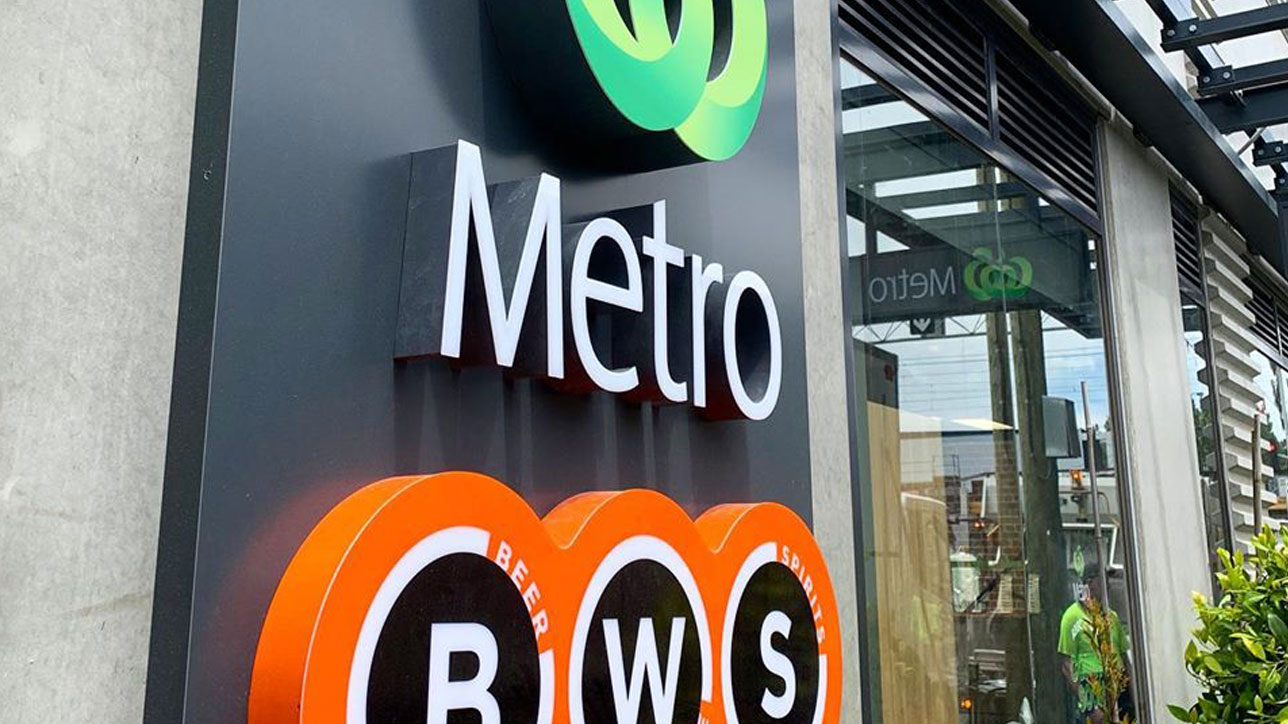Working at height comes with a unique set of challenges and risks, making it crucial for businesses in this sector to take active steps to ensure safety and compliance. Whether you’re operating a construction company or any business where employees work at elevated heights, protecting your enterprise from potential hazards is essential. Here’s how to safeguard your working at height business effectively.
Ensure Comprehensive Safety Training
The foundation of protecting your business starts with safety training. Employees must receive in-depth, ongoing instruction on how to safely conduct tasks while at height. This goes beyond initial onboarding sessions. Regular refresher courses are essential for reinforcing safety protocols and ensuring they remain a priority.
Engaging workers with practical training sessions, including demonstrations and hands-on practice, will reinforce the correct use of personal protective equipment, harnesses, and other safety gear. Emphasising real-world scenarios helps workers internalise procedures, ensuring they understand the risks and how to mitigate them.
Adhere to Regulatory Compliance
There are strict regulations governing work at height, outlined in the Work Health and Safety laws. Complying with these employee safety laws is a legal requirement that can prevent costly penalties and keep your business operations running smoothly.
To protect your business, ensure that all safety protocols, from the proper use of equipment to risk assessments, align with these standards. Implementing a routine audit process will help maintain compliance, keeping your business and its workers safe. Non-compliance can lead to fines, business shutdowns, and even criminal charges if negligence results in serious injury or death.
Utilise Quality Equipment and Conduct Regular Inspections
Using high-quality equipment designed for working at height is non-negotiable. This includes scaffolding, harnesses, ladders, and platforms, all of which must meet the current safety standards. Investing in reputable brands and well-designed equipment will save you money in the long run by reducing the risk of failure or injury.
Frequent height safety inspections are also vital to ensure that your gear is in good working order. Inspecting equipment before each use can catch potential problems before they lead to accidents. Establishing a system where employees report any issues with equipment ensures quick repairs or replacements, safeguarding your team and preventing downtime.
Develop a Risk Management Plan
A robust risk management plan is crucial to protecting your working at height business. This plan should detail all the potential hazards specific to your operations, such as the height of the work, environmental conditions, and the specific tasks involved.
Once the risks are identified, you can implement control measures to mitigate them. This might include choosing safer work methods, modifying equipment, or adjusting schedules to avoid adverse weather conditions.
Implement a Strong Safety Culture
A safety-first culture is essential for any business involving high-risk tasks. Encouraging open communication about safety issues will make employees feel comfortable reporting hazards, knowing that their concerns will be addressed without negative consequences.
Leadership plays a significant role in setting the tone for safety. When management prioritises safety over speed or profit, employees are more likely to follow suit. Regular meetings focused on safety, where workers can voice concerns and suggest improvements, are an effective way to maintain awareness and foster a culture of safety.
Ensure Proper Insurance Coverage
Protecting your business financially is just as important as protecting it physically. In a high-risk industry like working at height, having the right insurance coverage is critical. Workers’ compensation, public liability insurance, and professional indemnity insurance are key policies to consider.
These will provide financial protection in case of accidents or injuries, helping to cover medical costs, legal fees, and compensation claims. Without adequate coverage, your business could face significant financial loss, even if you’ve taken all the right steps to ensure safety.
Monitor and Manage Fatigue
Fatigue is a significant risk factor when working at height, as it can impair judgement, coordination, and reaction times. Ensuring that workers have sufficient rest and breaks is crucial to maintaining focus and preventing accidents.
Implementing policies that regulate the length of shifts and mandatory rest periods can mitigate the risks associated with fatigue. Additionally, keeping a close eye on the well-being of your employees through regular check-ins and monitoring can help identify signs of fatigue before they become a danger.
Develop Emergency Procedures
Even with the best safety measures in place, accidents can still happen. Having a well-developed and practised emergency procedure is essential. This includes clear protocols for rescuing workers who may fall or become injured while working at height.
Ensure all employees are familiar with emergency procedures and that rescue equipment is readily available. Regularly scheduled drills can prepare workers to act quickly and efficiently in the event of an emergency, reducing the potential for serious injury or fatalities.
Engage in Continuous Improvement
Safety is not a one-time effort but an ongoing commitment. Continuously reviewing and improving your safety protocols is essential to adapting to new challenges and hazards.
This might involve updating training programs, implementing new safety measures, or reassessing risk management strategies as your business grows or takes on new projects. Engaging with industry experts and seeking feedback from employees will help you stay ahead of the curve and maintain a high standard of safety.
Strengthen Client and Stakeholder Relationships
Building strong relationships with clients and stakeholders can help protect your business, too. Clients are more likely to trust and engage with a business that demonstrates a commitment to safety.
Open communication with clients about safety measures, providing them with detailed risk assessments, and explaining your safety protocols can foster trust. Collaborating with stakeholders to ensure they are aligned with your safety standards helps create a seamless safety net around your operations.
Encourage Employee Involvement in Safety Initiatives
Employees on the ground often have valuable insights into the day-to-day risks they face, making their involvement in safety initiatives essential. Creating an environment where employees can contribute ideas and participate in safety committees or meetings encourages a sense of responsibility and ownership over their own safety.
Workers who feel empowered to speak up about potential risks or propose safety improvements are more likely to be proactive in preventing accidents. Fostering this level of engagement not only improves safety outcomes but also builds a stronger, more cohesive team.
Conclusion
From ensuring comprehensive training and regulatory compliance to fostering a culture of safety and continuously adapting to new challenges, safeguarding your enterprise is an ongoing effort. In this high-stakes industry, a strong commitment to safety is not just a legal obligation but a cornerstone of long-term success.




